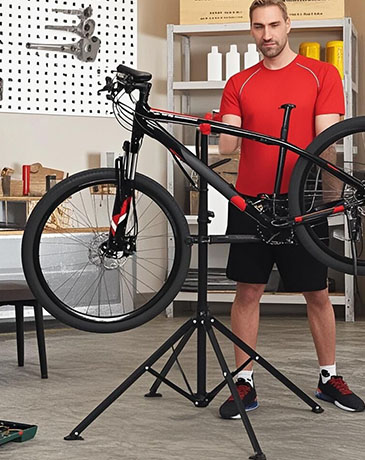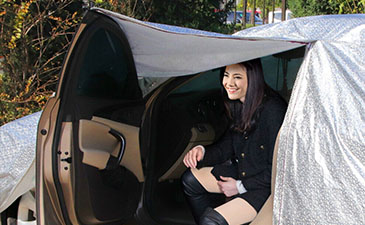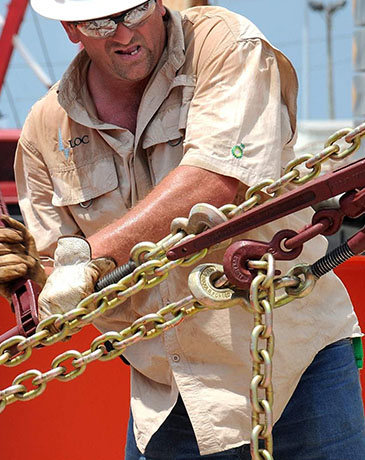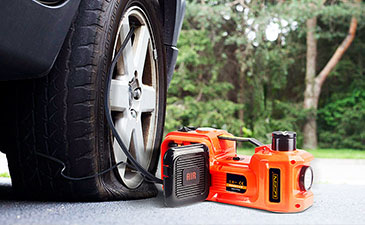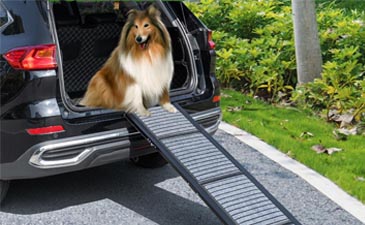Definitions of SAE Classification
ratio. The next character is a letter 'R' which stands for radial ply tires (rather than radius). followed by a final two digit number giving the rim diameter for the vehicle's wheels.
Additionally, the correct Society of Automotive Engineers (SAE) class of snow chains must be installed, based on the wheel clearance of the vehicle.

SAE traction device class | Minimum tread-face clearance (A) | Minimum side-wall clearance (B) |
Class S | 1.46 | 0.59 in |
Class U | 1.97 | 0.91 in |
Class W | 2.50 | 1.50 in |
The SAE Class "S" well clearance is a common requirement on newer cars, especially if aftermarket wider, low-profile, or larger tires and/or wheels are fitted.
The classes are defined as follows:
- SAE Class S - Regular (non-reinforced) passenger tire traction devices for vehicles with restricted wheel well clearance.
- SAE Class U - Regular (non-reinforced) and lug-reinforced passenger tire traction devices for vehicles with regular (non-restricted) wheel well clearances.
- SAE Class W - Passenger tire traction devices that use light truck components, as well as some light truck traction devices.
For design purposes, “D” is the maximum crown tire section width as established by the Tire and Rim Association (TRA). The minimum clearances specified must be maintained around spring clips, spring bolts, fenders, braces, splash pans, fuel lines, brake lines, brake controls, and wherever necessary.
Tire size must be known in order to select a tire chain of correct fit. For passenger cars, vans and small pick-up trucks it is important to check the owner’s manual. The restricted wheel clearances in most of today’s down sized and front drive vehicles may require the use of SAE Class “S” tire chains, as noted in the manuals.
Tires come with standardized tire code sizing information, found on the sidewalls of the tires. The first letter, or letters, give the vehicle type (P for passenger, LT for light truck). The next three digits gives the tire"s width in millimeters. The middle two digit number gives the tire"s height-to-width ratio. The next character is a letter "R" which stands for radial ply tires (rather than radius). followed by a final two digit number giving the rim diameter for the vehicle"s wheels.
Anti-Lock Brakes (ABS) & Four Wheel Drive
Anti-Lock Braking systems are not an alternative to traction devices. ABS assists in maintaining control and managing the vehicle's available traction more efficiently than a conventional braking system. When tire chains are installed, stopping traction for the ABS system is increased.
Although four-wheel drive and all-wheel drive vehicles have greater traction ability than two wheel drive systems, they do not have any advantages in stopping under winter driving conditions. It is recommended that all tires be equipped with tire chains on these vehicles.

- FAQ Battery Charger/Power Inverter
- FAQ Covers for Trailer/RV/Bike/Boat
- FAQ Bike Repair/Storage/Paking Racks
- FAQ Transport&Logesitic Acc.
- FAQ Pickup Tonneau Cover/ Tailgate Pad
- FAQ Boat Sports Accessories
- FAQ Auto Outdoor Tent/Awnings
- FAQ Trailer/RV/Motor Home-Free Life
- FAQ Auto Interior Accessories Choose
- FAQ Car Cleaning Tools
- FAQ Car Repair Tools
- FAQ Roof Rack
- FAQ Snow Chains
Are you looking for a reliable manufacturer of down home textile products?
We can quickly provide customers with market analysis, technical support and customized services.Conveying Solutions
- *Name
- Tel
- *Title
- *Content






